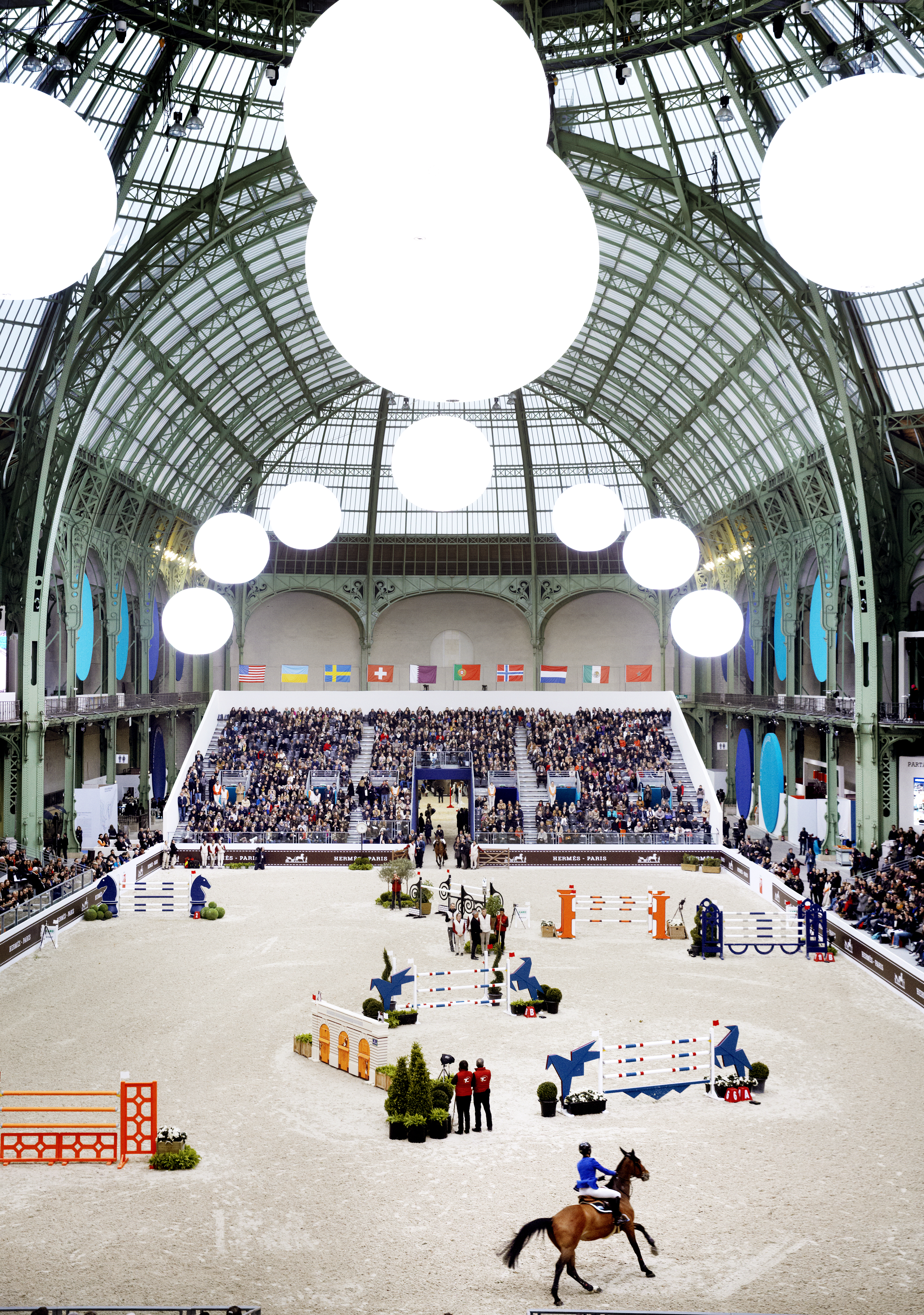
Sunlight streams through the glass domed roof of the Grand Palais
Hermès, maker of handbags and scarves to the world’s celebrities and super-rich, still celebrates its roots as a saddle-maker in a very different world. Millie Walton goes behind the scenes at the annual Saut Hermès in Paris, with the beau-monde, and geese, for company
Standing at the ringside of the warm-up arena at Saut Hermès, the brand’s annual showjumping event held under the glass-domed roof of the Grand Palais in Paris, is quite unlike any other experience. While the smell of warm horsehair, oiled hooves and leather is immediate, and almost reassuring in the way it says that this is really happening, there’s also something a little otherworldly about it all. There are horses, glamorous spectators, the world’s best riders and, strangely, a flock of trained geese. An unusual mixture in an even more unlikely setting, yet anyone who is familiar with Hermès will know to expect the unexpected. A traditional brand still owned, despite the best efforts of the luxury industry, by members of the extended original family, it’s constantly innovating too. This multibillion-euro behemoth takes a playful approach to luxury; Hermès really wants to welcome you into its magical world.
Hermès may be known for its Birkin bags (for which there is a waiting list, from a few weeks to five years, depending on who you are and how bespoke you want it) and handmade silk scarves, but at its heart it is what it says under its original logo: a sellier, or saddler. The only things made in its atelier above its world flagship store on the rue du Faubourg Saint-Honoré in Paris are saddles; the most desirable and expensive saddles made anywhere, in fact. They are a tiny part of the business, but at the heart of the brand.
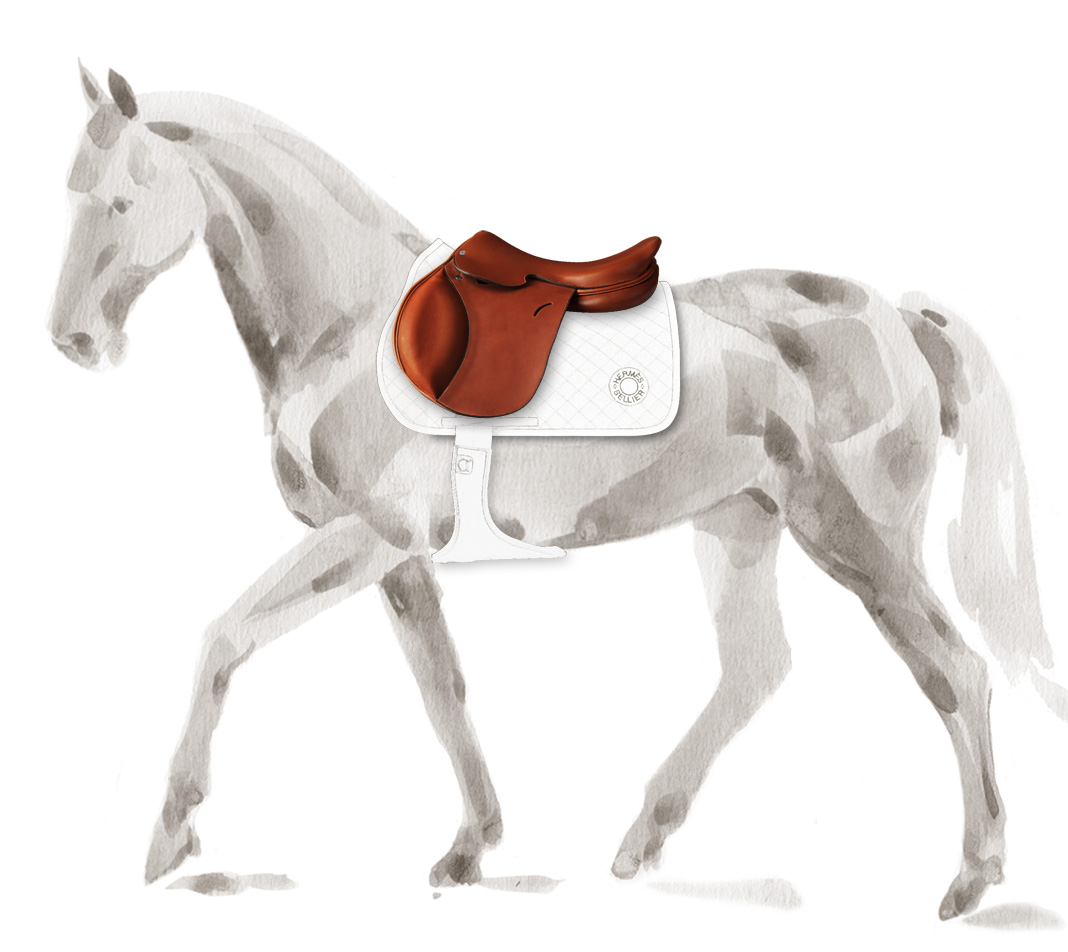
Cavale saddle by Hermés
Read next: Watch guru, Jean-Claude Biver predicts the future of luxury
“A customer once complained that the stitching had come undone on one of our saddles,” Marion La Rochette, Equestrian Métier Director, recalls. “Everyone in the workshop was so upset about it but when we pulled out the records, we found out the saddle was 100 years old. A 100 years old and only a little bit of stitching had come loose!” She smiles as she tells me the story. It may or may not be apocryphal (I’m sure it’s true), but it’s certainly true that Hermès products really are made to be enjoyed down the generations, not just years, which helps to explain their price tags.
So why the horses, riders and geese? “For a whole century Hermès worked only with equestrian products such as harnesses and saddles,” La Rochette points out. “In 1837, when the company was founded, Paris was full of horses, but now, of course, they’ve disappeared from the city.” Over the years and under the leadership of various family members, Hermès has extended its repertoire to everything from the must-have Birkin bag to picnic hampers, jewellery and clothing to what can only be described as exquisite objets such as lamps and even a special edition Apple Watch with a Hermès strap.
Read next: From London to Monaco on a private jet
“With Saut Hermès, we wanted to reopen the doors of the Grand Palais to the horse,” La Rochette continues. The Grand Palais is the landmark Beaux-Arts exhibition hall located in the park next to the Champs-Elysées. “It was built for exhibitions including equestrian events. From 1901 to 1957 there were annual horse shows held here and below us, in the basement, are stables.” The geese are there for fun, along with an interactive Pegasus animation and daily performances by the acclaimed French horse trainer, Bartabas.
Over the weekend at the 7th edition of Saut Hermès, there’s a huge sense of excitement. As well as marking the official launch of the latest Hermès jumping saddle, the Allegro, the main event involves 30 of the world’s best riders tackling a complex, though naturally elegant, Hermès-branded showjumping course. Heels and hooves are aligned. “We get really passionate horse lovers, of course, especially on the Friday,” La Rochette says, “but Parisians come here who would have never normally thought about going to a horse show. Because it’s so accessible and centrally located, they think why not and they love it.” Watching the horses effortlessly vaulting over the jumps with sunlight streaming through the glass, it’s hard to imagine a more majestic or fitting setting for such an impressive display of equestrian athleticism. La Rochette agrees, “It’s very special because you’re sitting so close to the ring, to the horses, that you can feel and hear the thud of the hooves.” A few cleverly placed microphones under poles, I suspect, help enhance the tense atmosphere.
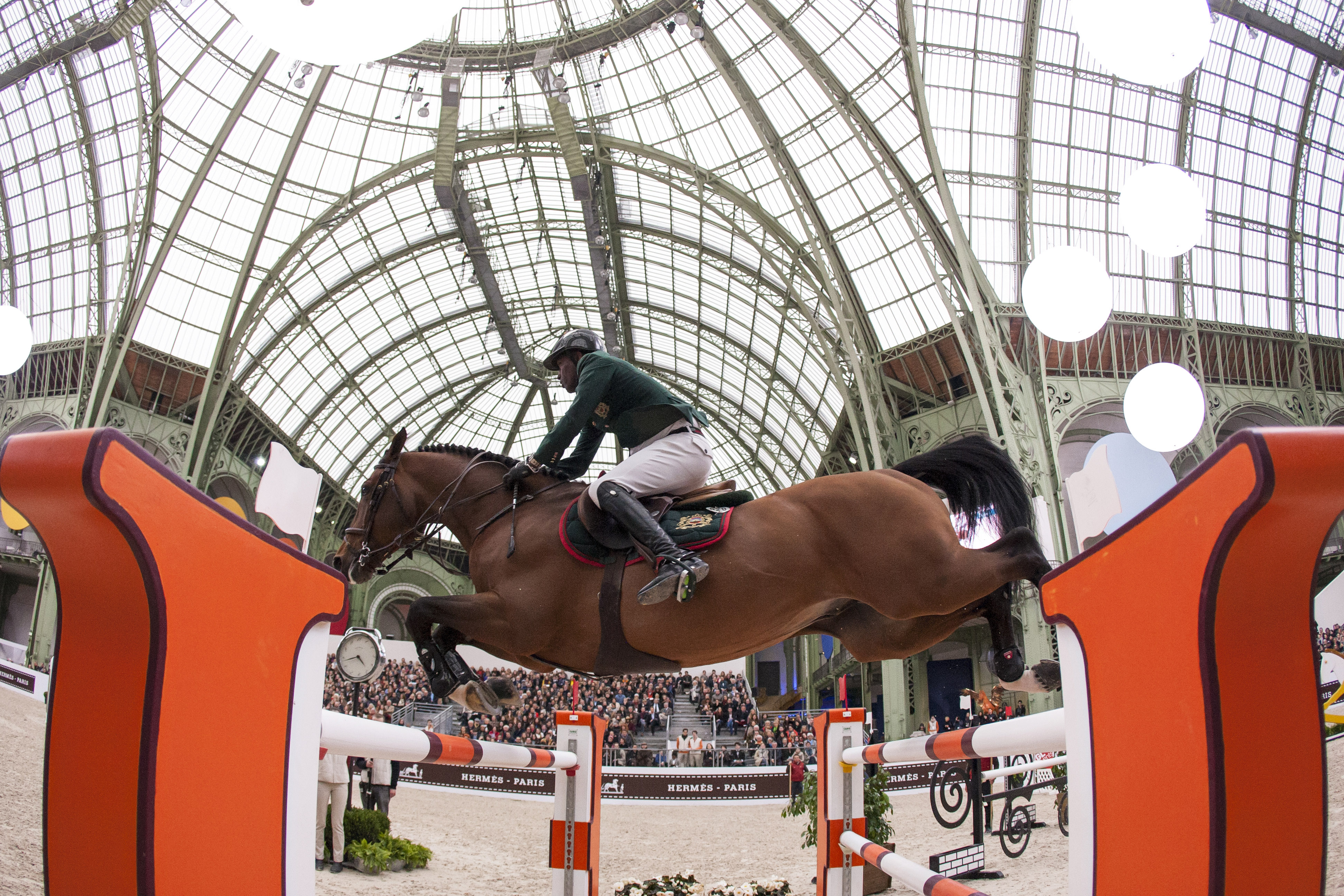
Moroccan rider, Abdelkebir Ouaddar won the Grand Prix Hermés CSI 5* on Sunday afternoon riding Quickly de Kreisker
Read next: An unexpected paradise at Ritz-Carlton Abama
Hermès works very closely with riders too, hand-picking international rising stars in equestrianism (including Simon Delestre, currently ranked number one in the world in showjumping), to represent the brand as partner riders, kitting them out in full Hermès gear and also inviting their input into the actual design process of the saddles. “What makes a good saddle, in my opinion,” comments Swiss rider and Hermès partner rider, Romain Duguet, “is one which brings you as close as possible to the horse so that you can really feel the movement. That’s exactly what makes the Hermès saddles so special.” Each saddle is made bespoke for horse and rider, and put together from beginning to end by a single, skilled craftsman who pulls and stitches the leather to create an extraordinarily beautiful object. La Rochette stresses, however, that beauty in appearance and construction is not the real aim: “Our master saddler’s only objective is to make it as functional as possible and when it’s finished, it’s beautiful. To me, that’s what Hermès is about.”

Presentation of prizes with (at right) Anne-Sarah Panhard, President of Saut Hermés, and Olivier Fournier of the Hermés executive committee
The inspirations for Hermès reside a mile or so down the road, past the Hôtel Matignon (official residence of the French president), in the private museum above the St-Honoré flagship store. It holds a unique collection made up of wonderful and eccentric objects from founder Emile Hermès’s travels round the world; huge spurs from Argentina, saddles from Tibet, sketches, paintings, books, cots, sculptures and luggage – the list goes on (including rather terrifying giant studded dog collars which were the inspiration for a line of jewellery).
Read next: Why this billionaire loves investing in Switzerland
Back at the Saut Hermès as the showjumping continues, the under 25s are taking to the ring for Les Talents Hermès class, a competition restricted to 20 up-and-coming riders from around the world. Though these youngsters, one just 15 years old, are the future stars of the equestrian world, the course is cleverly constructed to unnerve even the pluckiest of riders and it causes a few problems. One jump away from the fastest time, Ireland’s rider takes a fall and the crowd gasps. After a painful few seconds of total silence, he gets up and remounts to make a second, successful attempt to huge applause. We’re all relieved, almost panting with exhaustion after mentally making every enormous flying leap with horse and rider, regardless of their nationality. Though, naturally, it is an especially gleeful and patriotic moment when the British national anthem is played to a standing ovation as a young pair of English riders gallop round the ring, red rosettes flying, having triumphed in Sunday’s Les Talents class. This is a competition, after all – the applause is notably louder for the French, as you would expect – but it is decidedly less cut-throat and more sophisticated than most sporting events. When the bell rings to start the clock, it all comes down to just the rider and the horse and their partnership.
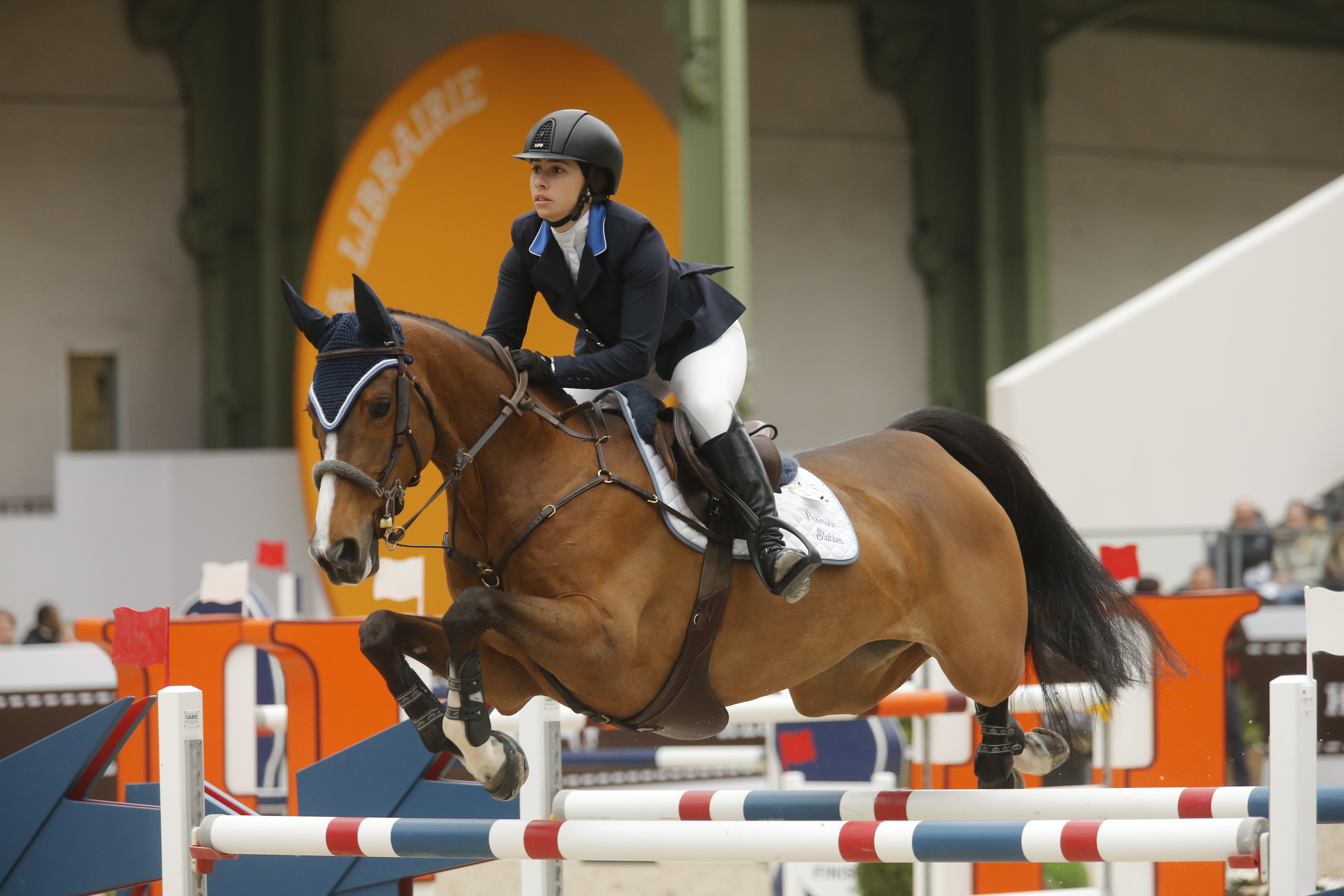
USA rider, Catherine Pasmore (aged 24) on Z Canta, 2nd in the Les Talents (the under-25s class)
Axel Dumas, the company’s CEO (and the sixth-generation scion of the family), is at the ringside, looking relaxed with his children. It would be easy to suggest that this is what any brand with Hermès’s history and status should do, a strategy straight out of business school: establish brand story, create experiences around it, invite media and VIPs, be in evidence.
Read next: The hottest new residential development in London
Yet Hermès isn’t just a brand. It’s also as far as it can be from being a business school creation – famously it doesn’t even have a marketing department. It is a maker of some of the most beautiful items in the world, a family company whose owners have so much pride in their name and history that they fought, and won, a bitter battle against luxury supremo Bernard Arnault, who wanted his company LVMH to acquire a majority stake in Hermès. To have given in to Arnault would have meant cashing out and acquiring wealth beyond the imaginations even of the most creative souls in the brand’s studios; but that just wasn’t what Hermès is all about. Somehow, geese and saddles at the Grand Palais kind of sums it all up.

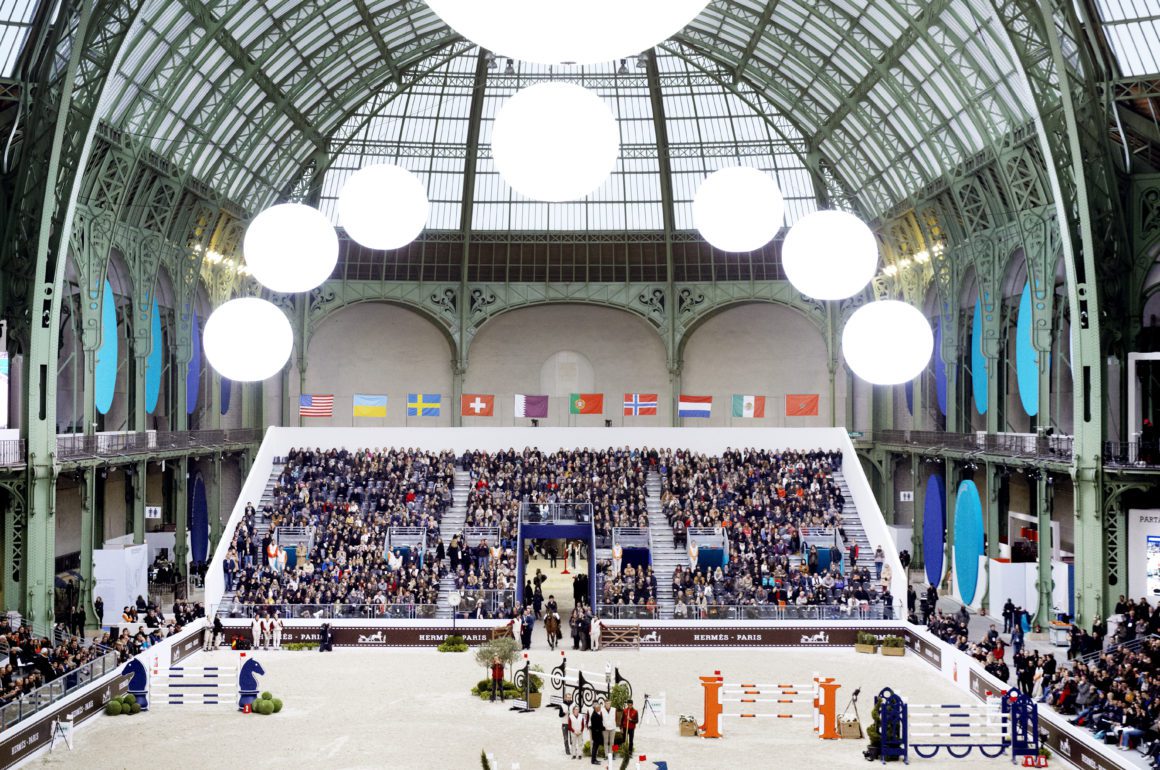
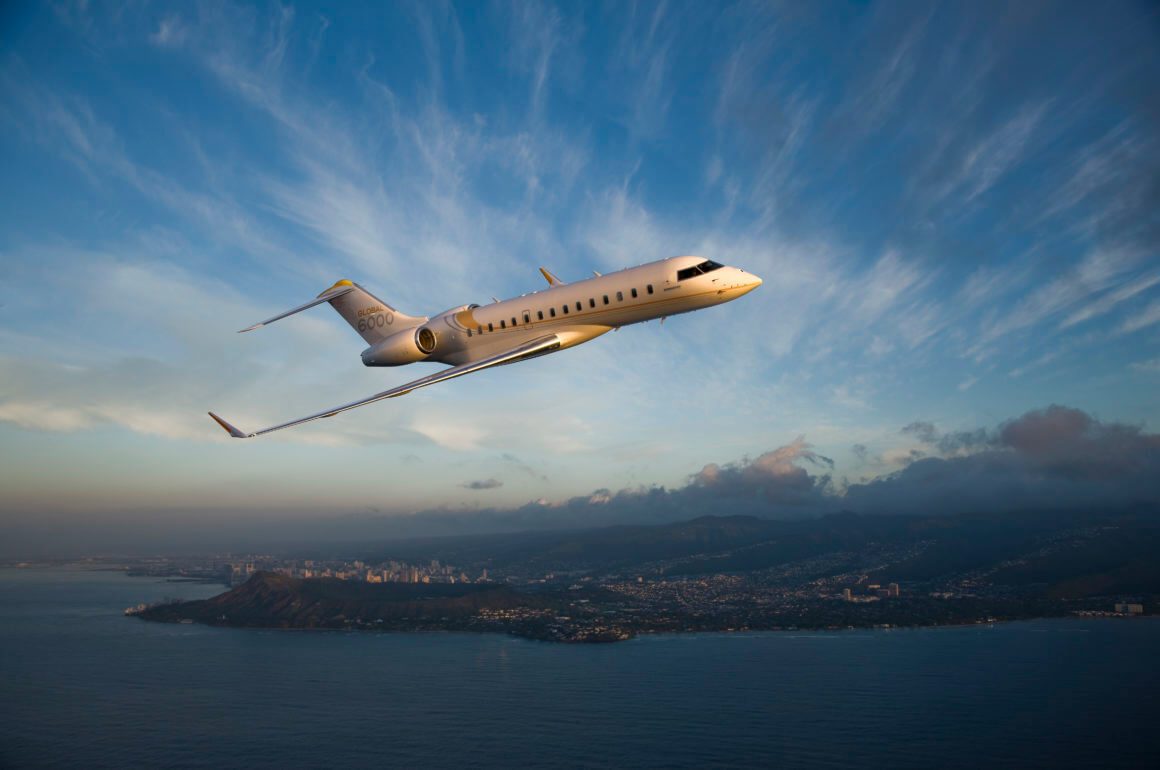
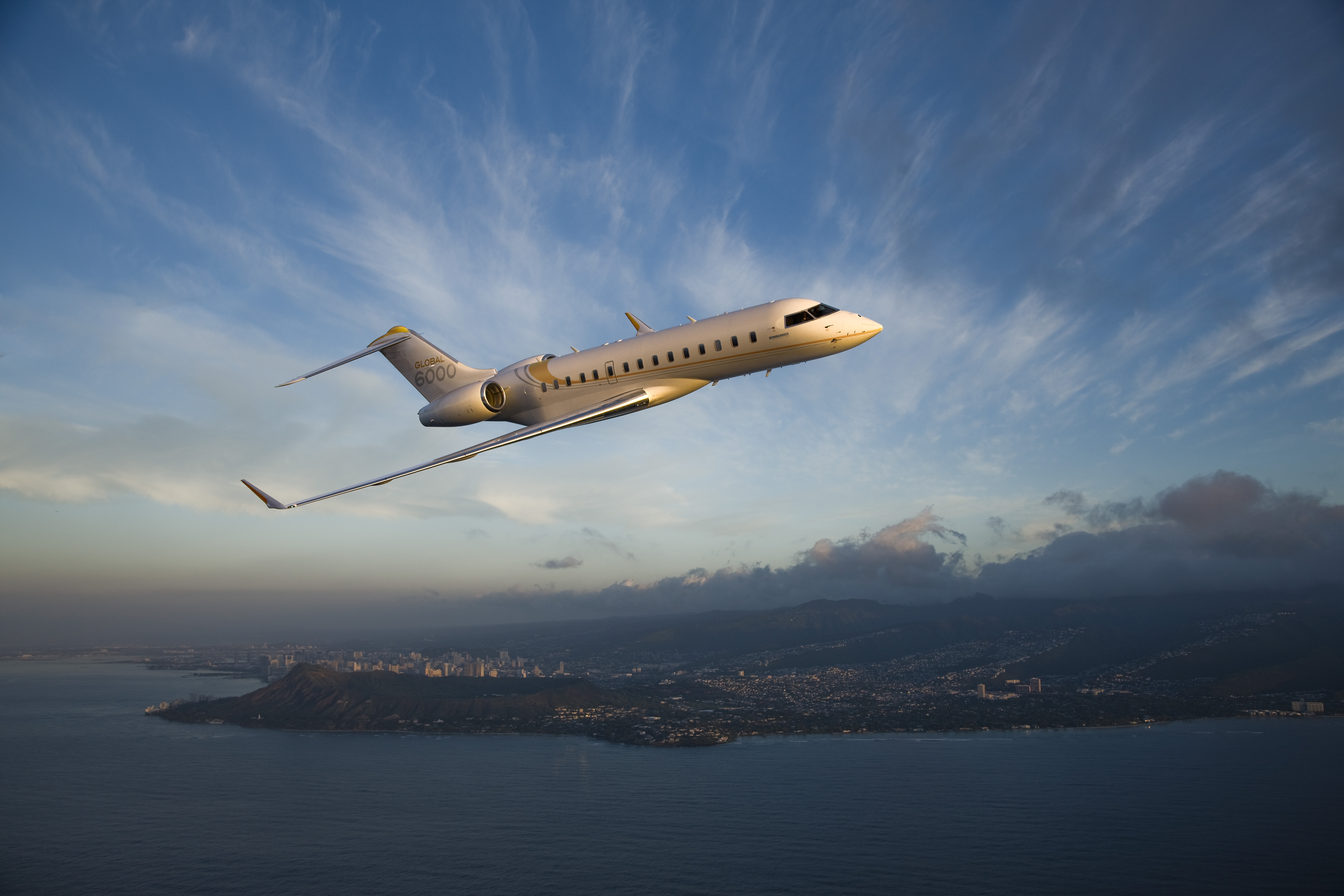

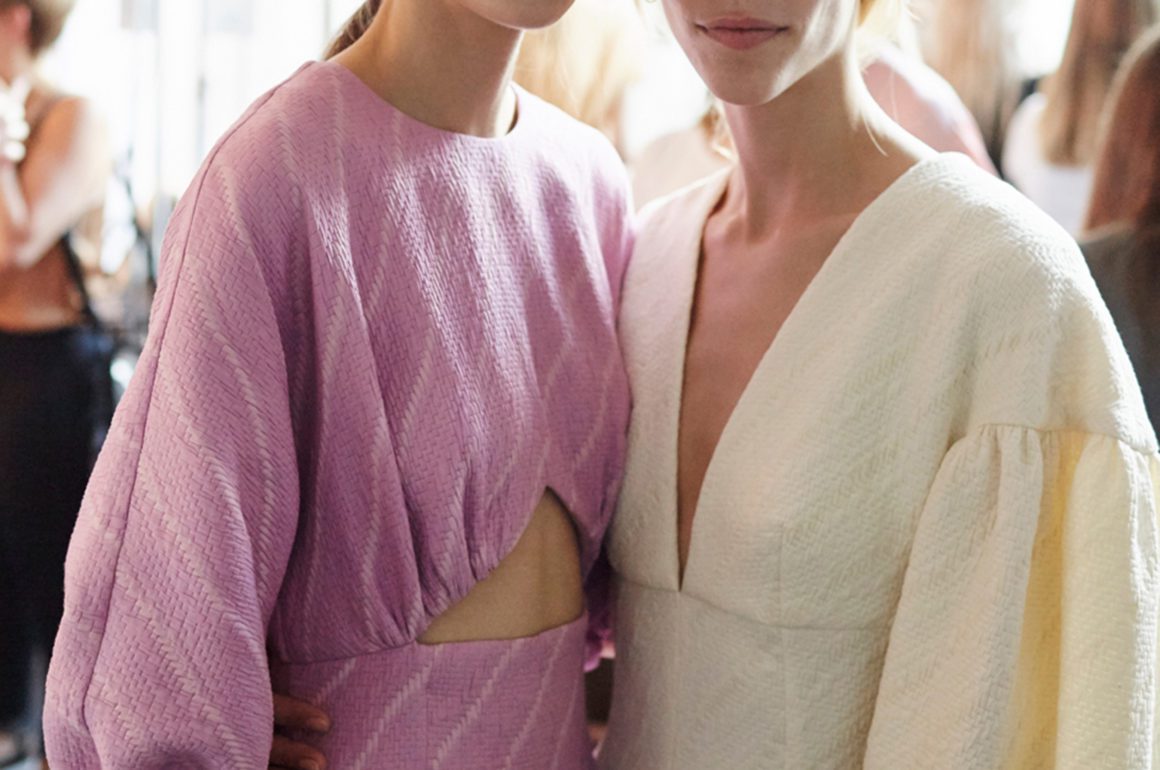

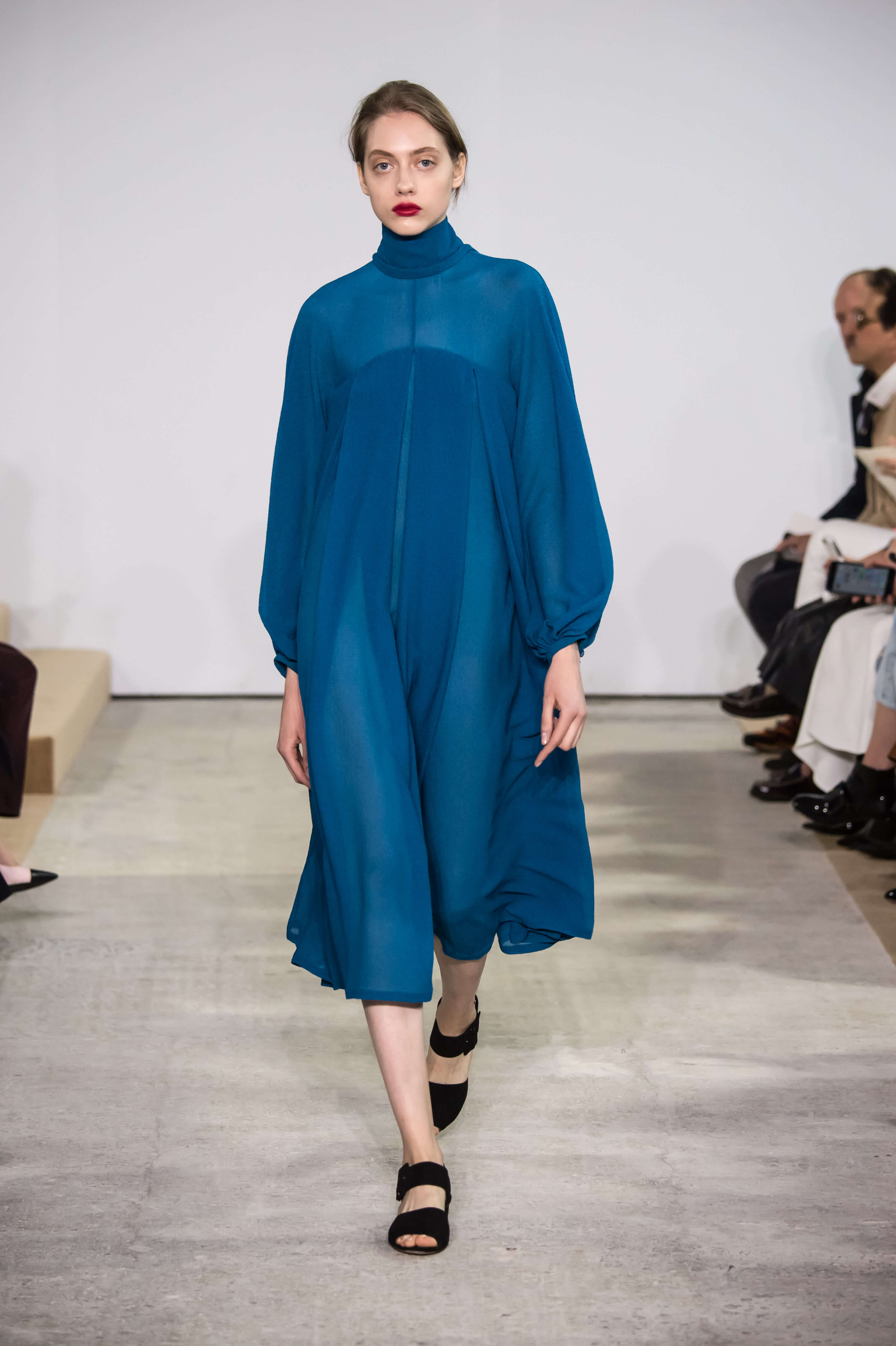
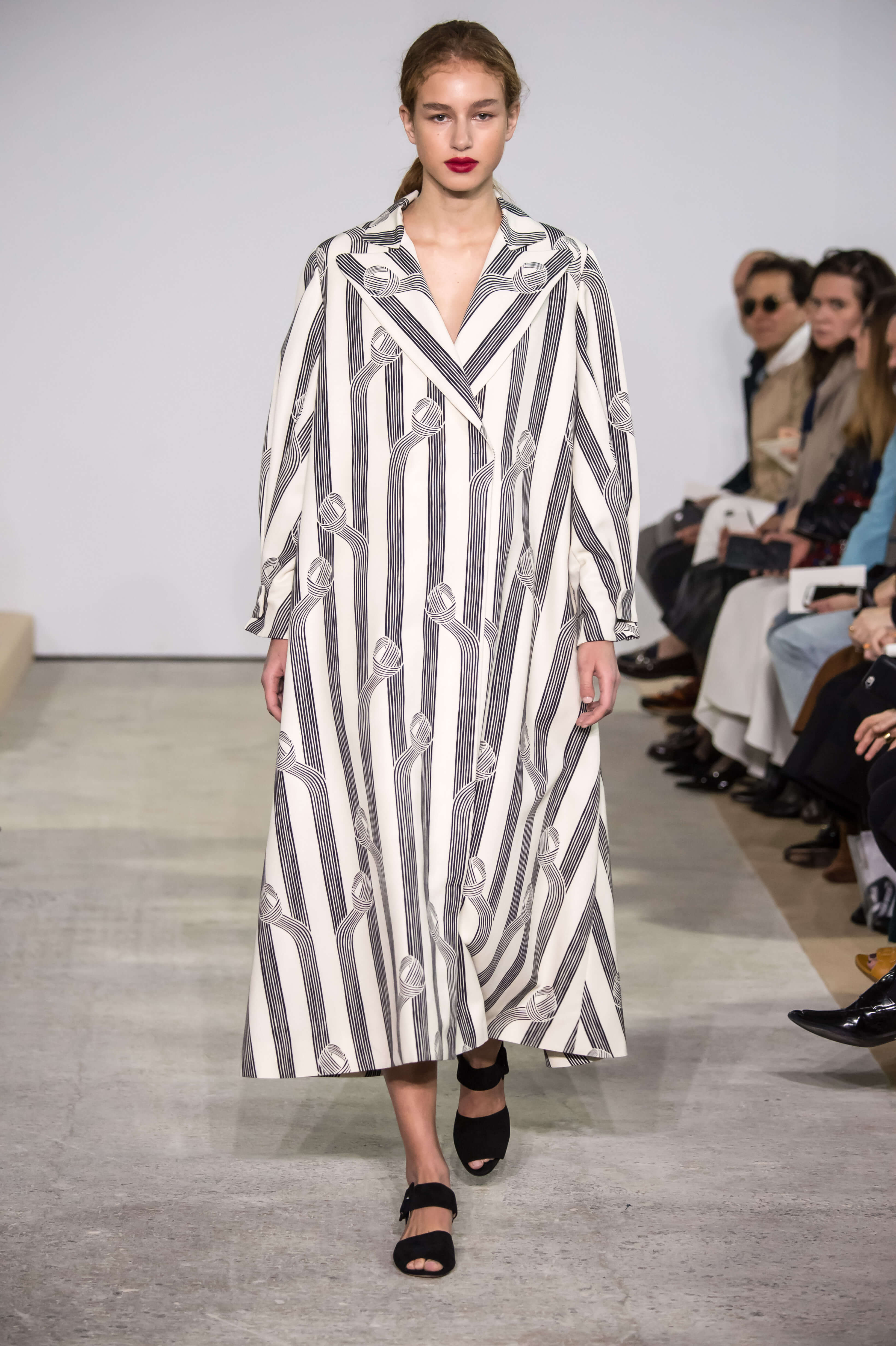
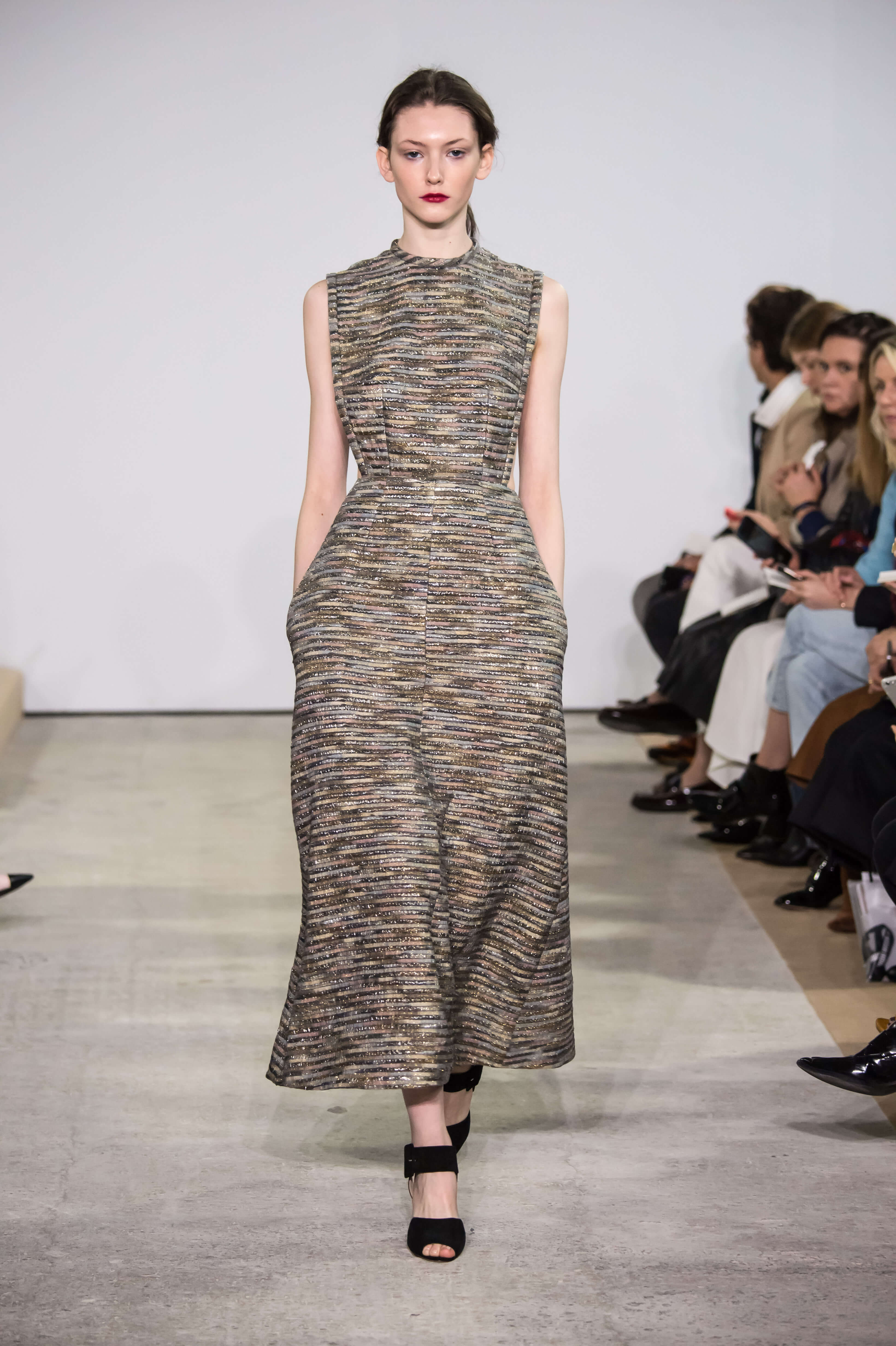

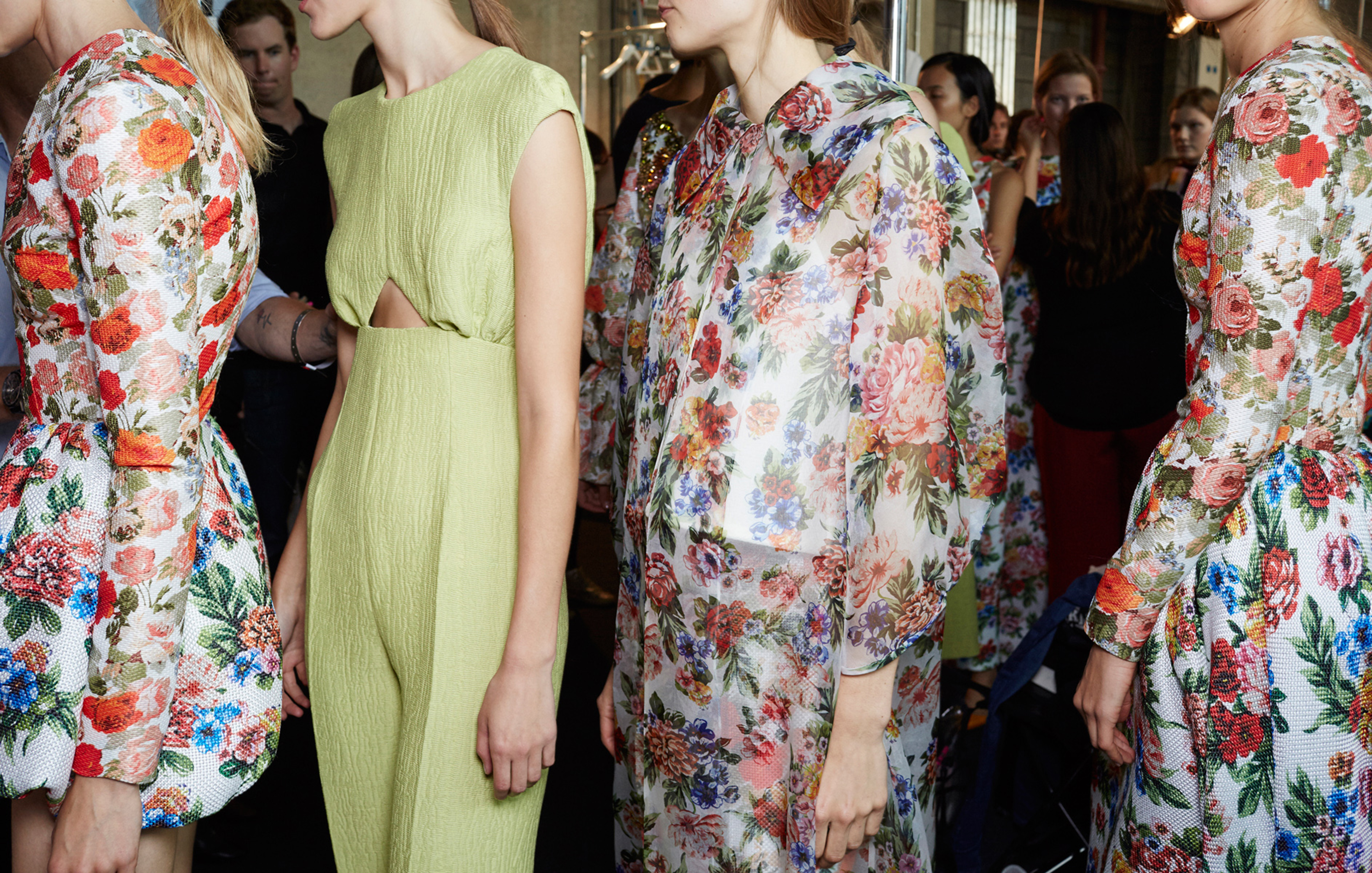
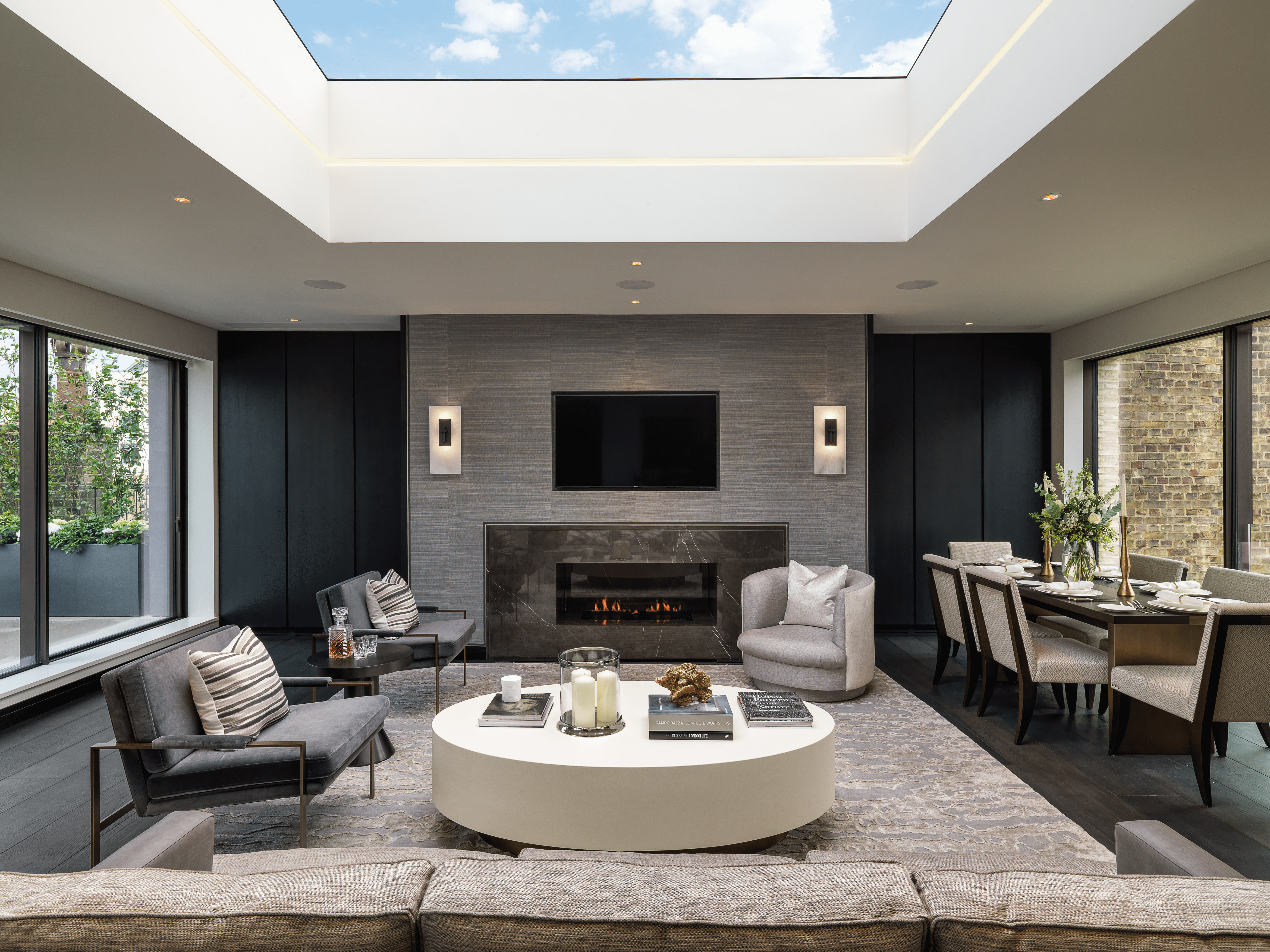


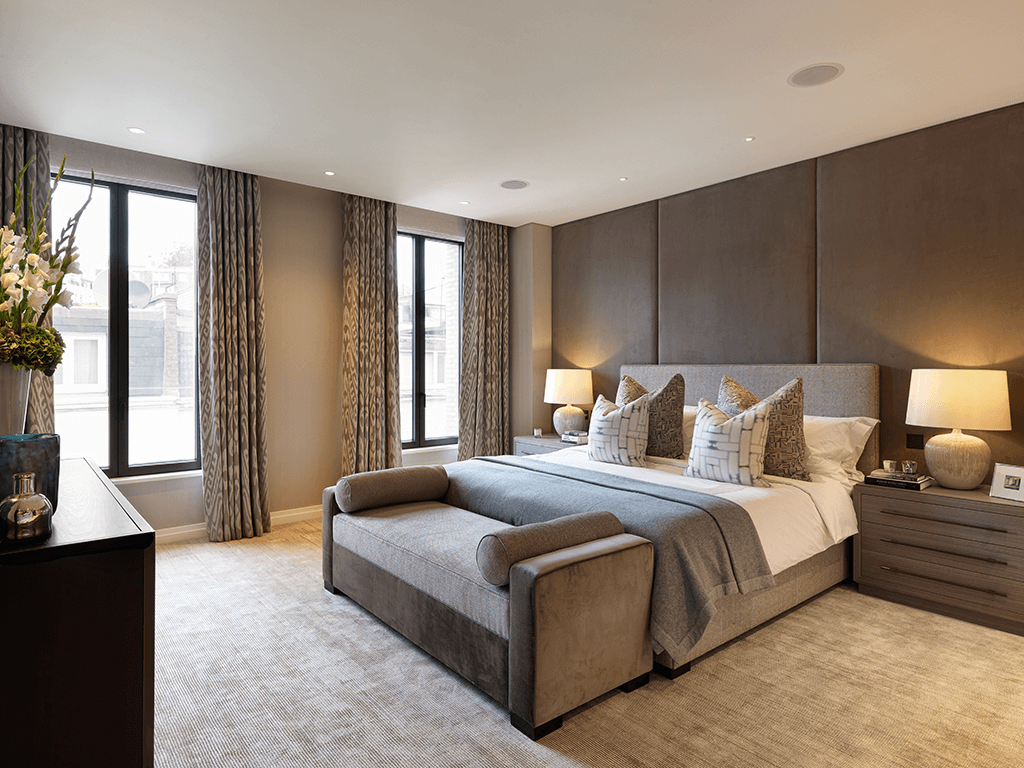
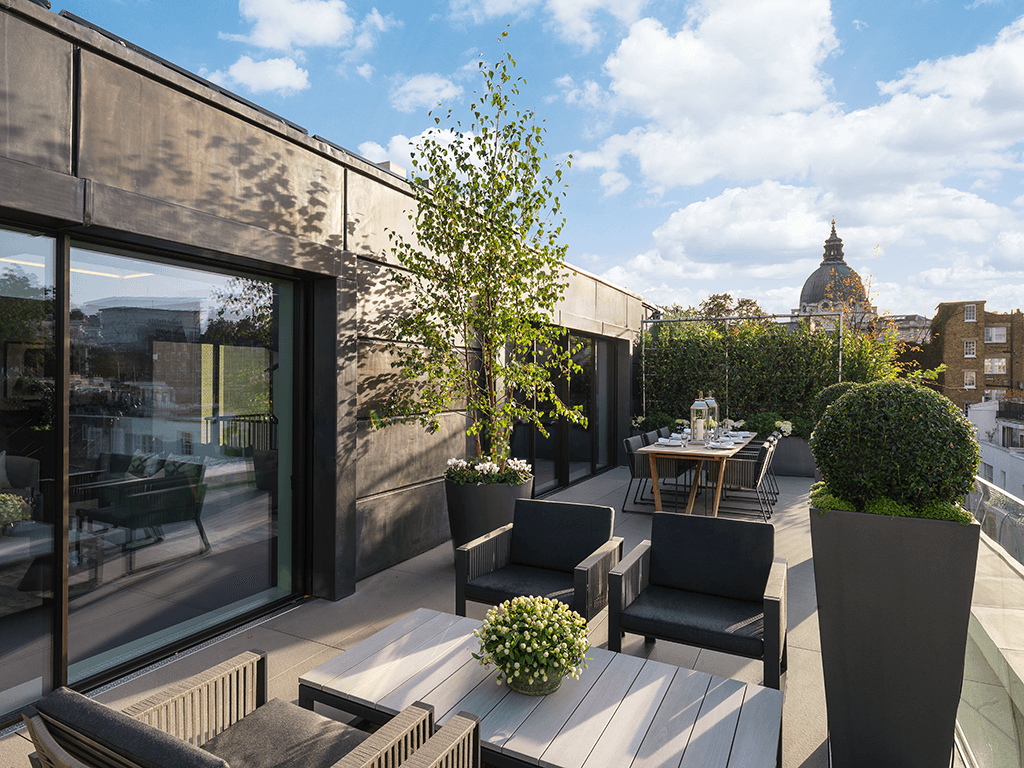
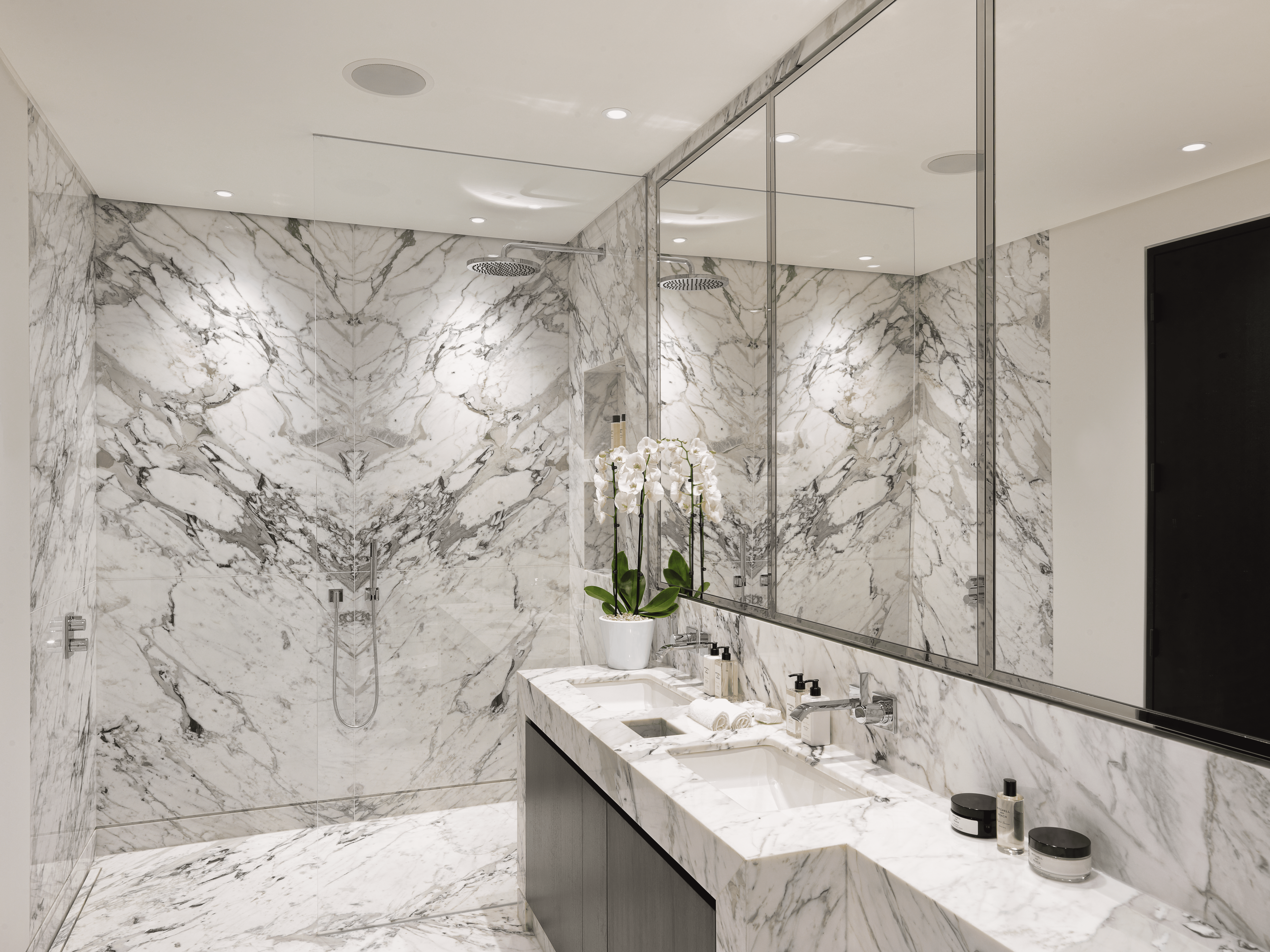
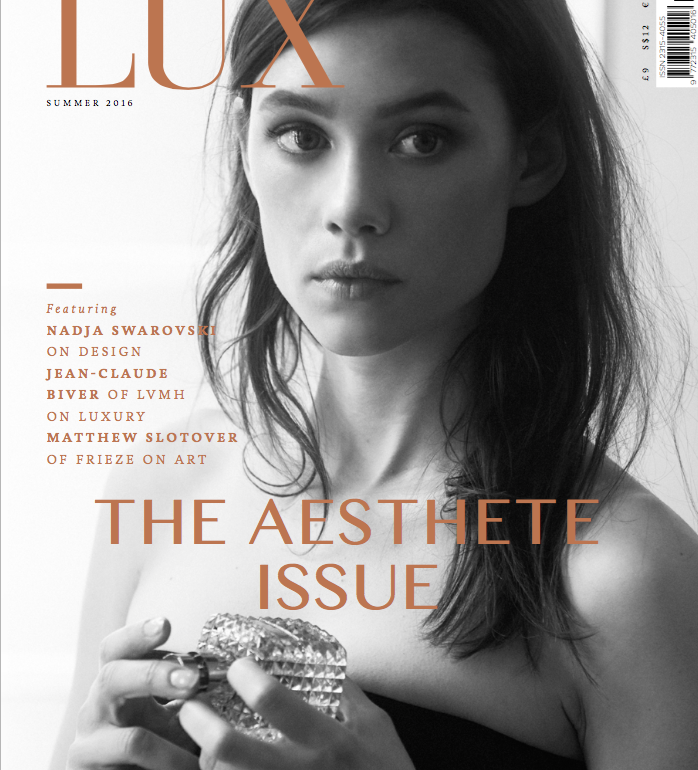

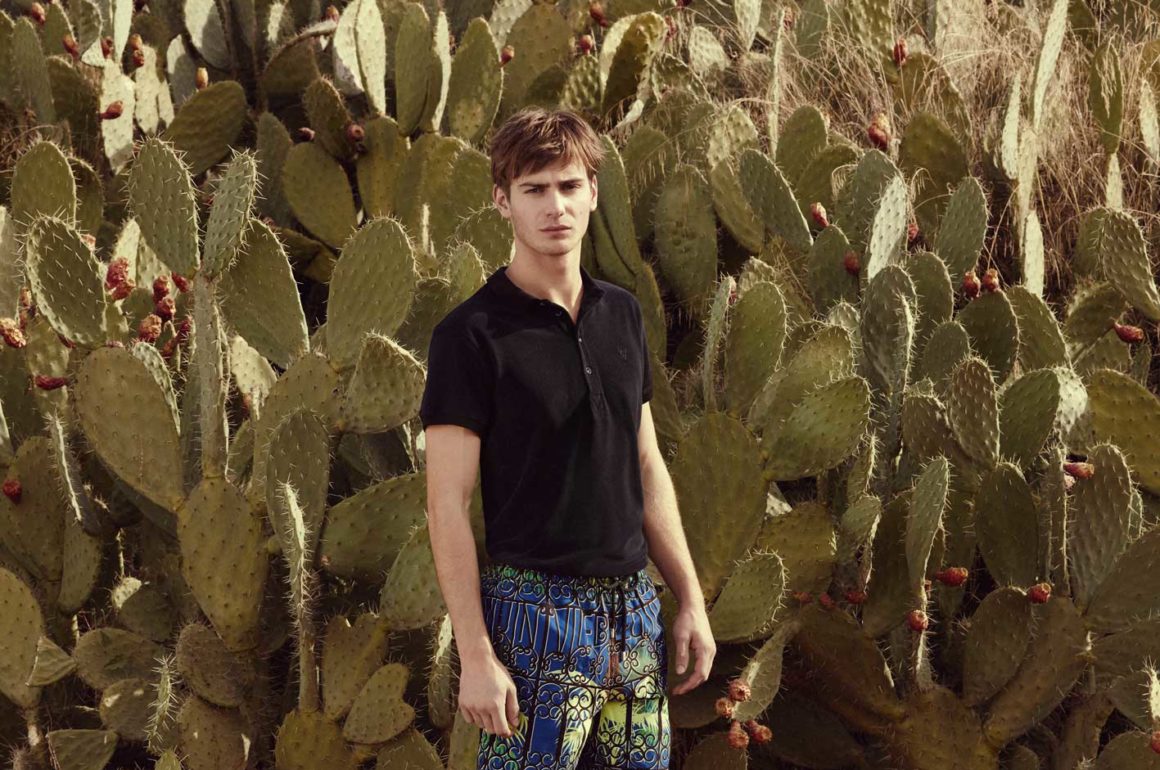



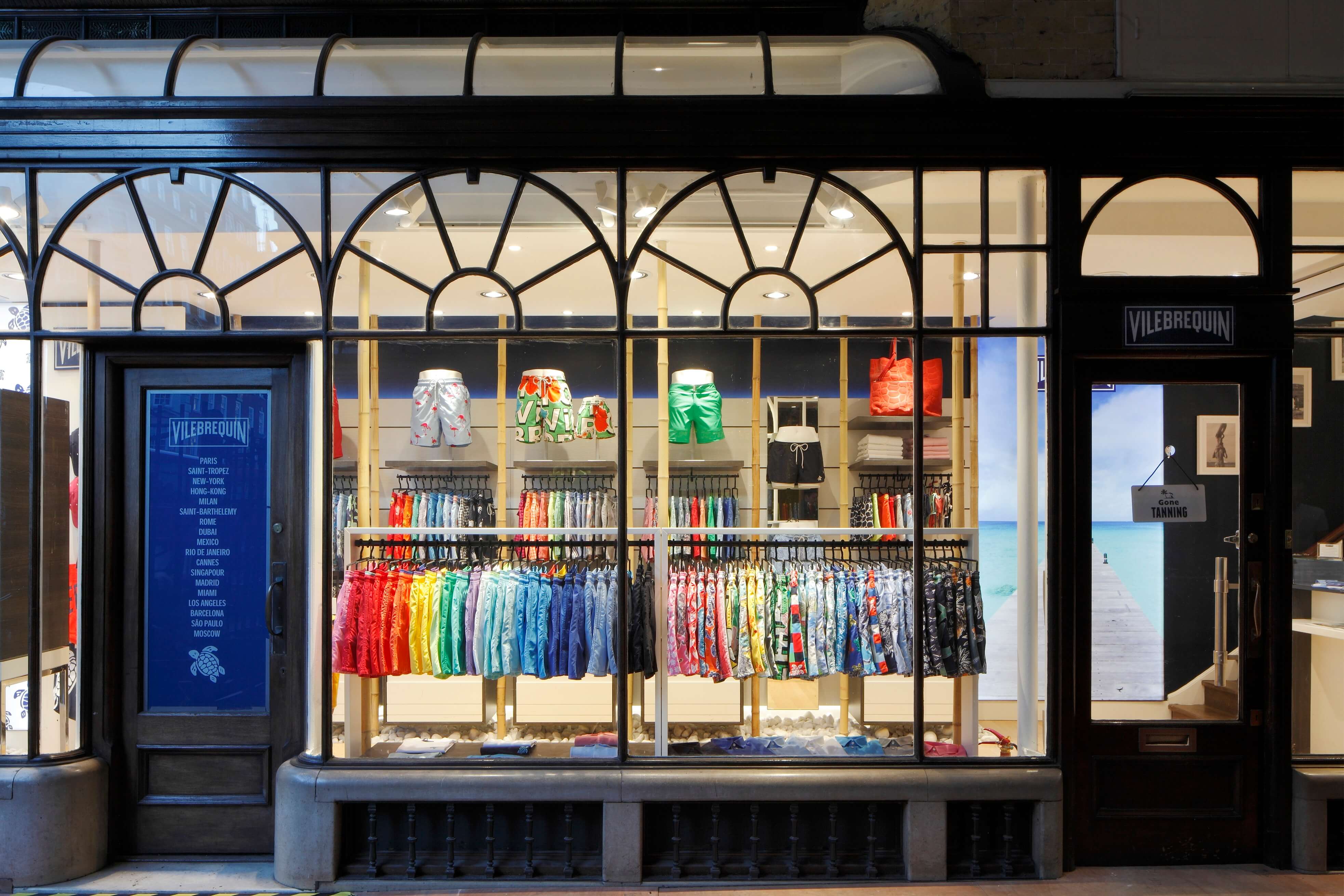

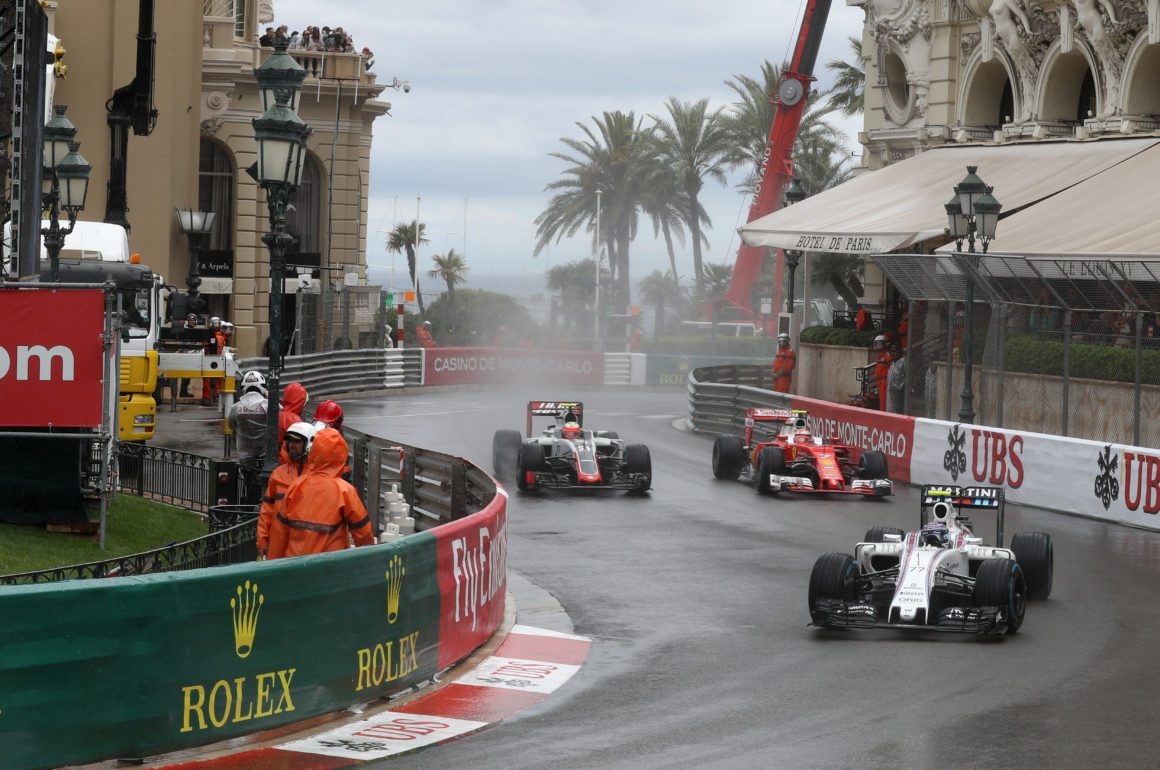
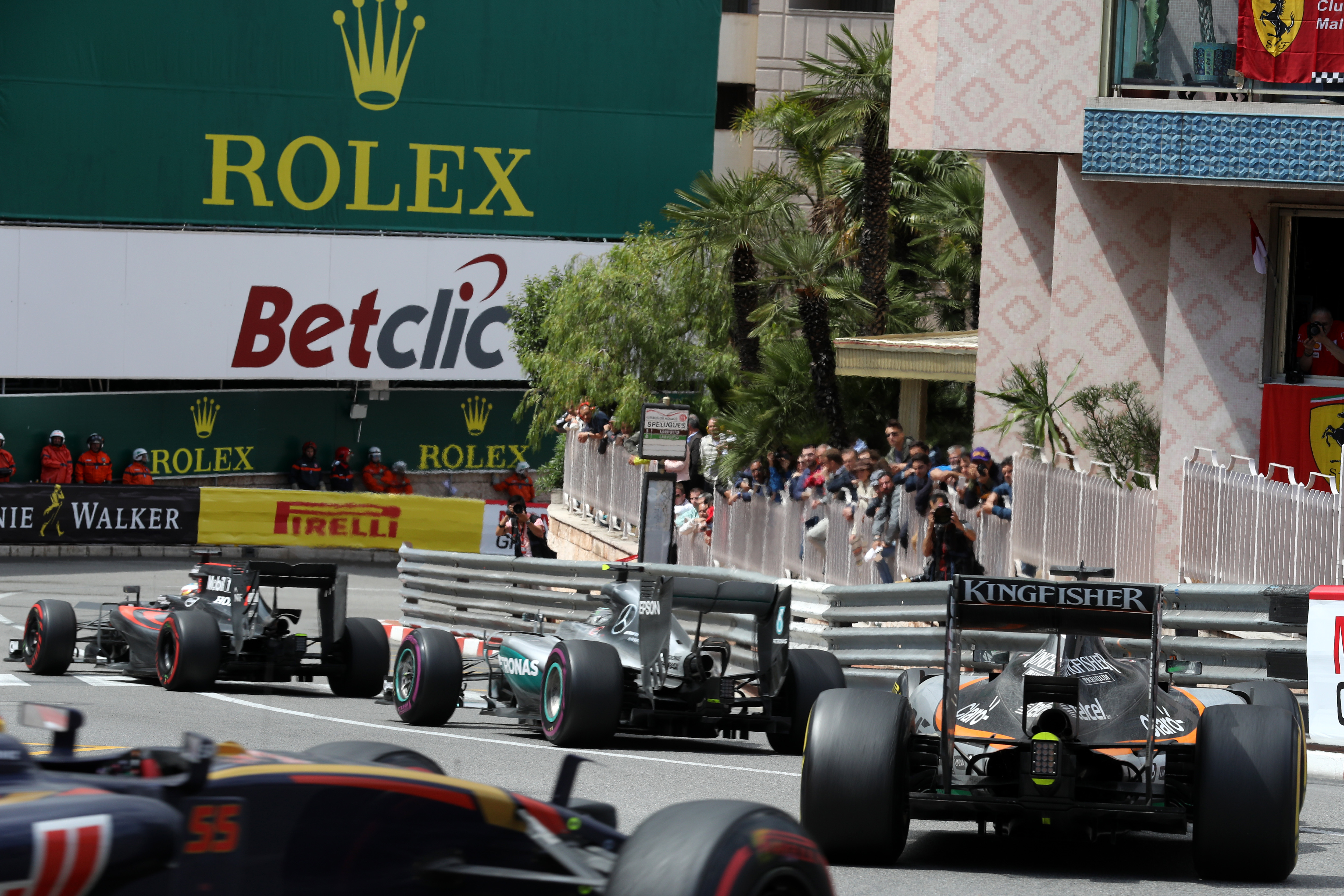 When you think of
When you think of





Recent Comments